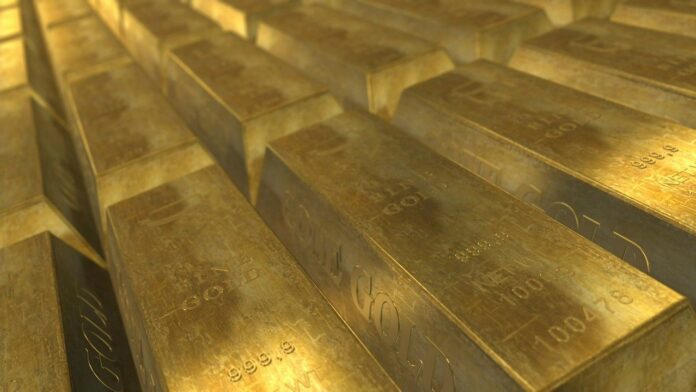When it comes to trading commodities, liquidity should be the most important consideration. A market’s liquidity is based on the presence of buyers and sellers and the ease with which transactions can be completed. Traders can buy and sell commodities more easily if the commodities are liquid.
The existence of a highly liquid market depends on high levels of trading activity and a high level of supply and demand. It is less risky to take a position on a liquid market since someone else is usually willing to take the opposite position. There is also less likelihood of slippage in a highly liquid market.
Technically, slippage can be defined as the difference between the quoted price to the trader and the actual price of the trade. If traders with less liquidity trade in commodities with slippage, the market may suffer greater losses. For example, traders with low liquidity may benefit from trading commodities with less liquidity. It is also common for the most traded commodities with low liquidity to experience sharp price fluctuations.
In this regard, if you intend to trade commodities, choose highly liquid ones. The commodities related to energy, such as Natural Gas, Gold, and Silver, and agricultural products such as Cotton, Soybeans, and Wheat are examples of highly liquid commodities.
A commodity with a high trading volume would be an example of a liquid commodity. Manage liquidity risk using guaranteed stops, a stop-loss measurement that ensures your positions will be closed at a predetermined price level.
Commodities whose trading volume is the highest
Commodities that are actively traded have been compiled using the Futures Industry Association (FIA) data.
- WTI Crude Oil
- Brent Crude Oil
- Natural Gas
- Soybeans
- Corn
- Gold
- Copper
- Silver
-
Crude oil produced by West Texas Intermediate (WTI)
West Texas Intermediate (WTI) or Texas light sweet (ticker: CL) crude oil is an industry standard for determining oil prices. Due to its low density, this oil is classified as a medium grade, and its low sulfur content makes it a sweet crude oil. As an underlying component of their oil futures contracts, the New York Mercantile Exchange uses crude oil.
-
Brent Crude Oil
Brent Crude Oil, with the ticker EB, is produced in the North Sea and is generally considered a benchmark for oil prices. North Sea crude oil is a sweet, light oil. Low density and low sulfur content make this grain seem light and sweet.
-
Soybeans
Soybeans are among the most popular and active agricultural commodities, and they are traded under the ticker ZS. According to the USDA, the United States dominates soybean production and exports. China, the European Union, Japan, Mexico, and Taiwan are among its most popular destinations. The United States produces 90% of its oilseeds from soybeans. Due to that, the US exports 44% of all soybeans worldwide and produces 35%.
-
Natural Gas
Hydrocarbons such as natural gas (NG) are non-renewable resources primarily used for heating, cooking, and electricity production. On a chemical level, it is also used to produce plastics and other critical organic chemicals in addition to fuel for automobiles.
-
Corn
ZC corn (ticker: ZC) is a food source, and it’s used to make ethanol and feed animals. There are four top corn producers on earth: Argentina, Brazil, China, and the U.S. Corn production is affected by adverse weather because it’s an agricultural product. Furthermore, the number of government subsidies offered to farmers may impact corn prices. There is heavy subsidization of corn in the United States to encourage farmers to grow it.
-
Gold
Gold (ticker: XAU) has been highly regarded as a storehouse of wealth and beauty for many years. Gold has not changed in its traditional use, but it is now used as a component in electronics manufacturing.
-
Copper
Copper (ticker: HG) is a popular material within the electronics industry due to its ability to conduct electricity well. Chile, China, and Peru primarily produce copper. As copper is widely used in industry, its price fluctuates based on economic output.
-
Silver
According to its high esteem as a precious metal, its status is comparable to that of Gold (ticker: XAG). Today, gold is the most commonly used precious metal, even though silver may be regarded as a precious metal. Solar panels and photographic films are also manufactured using metal.







